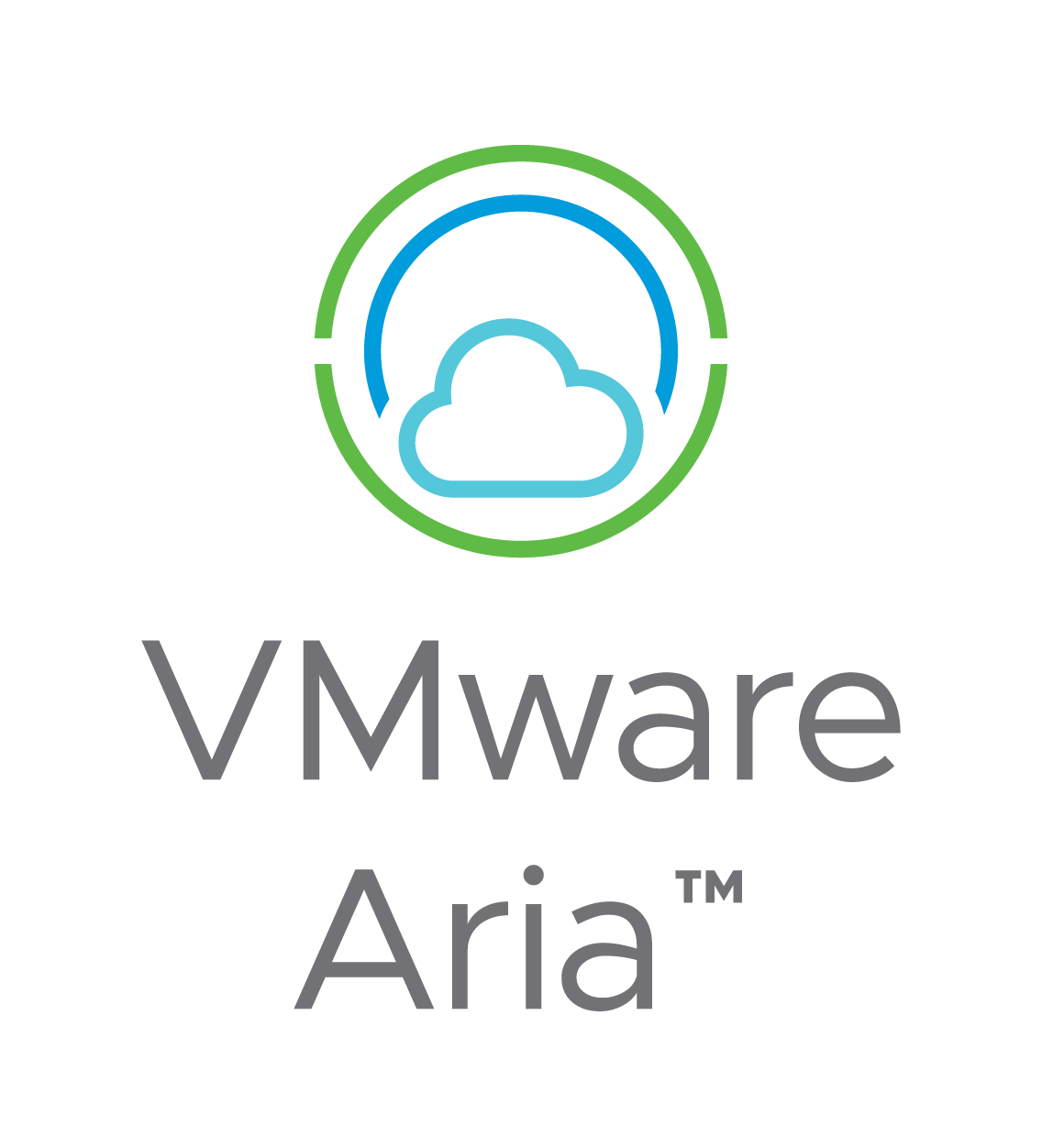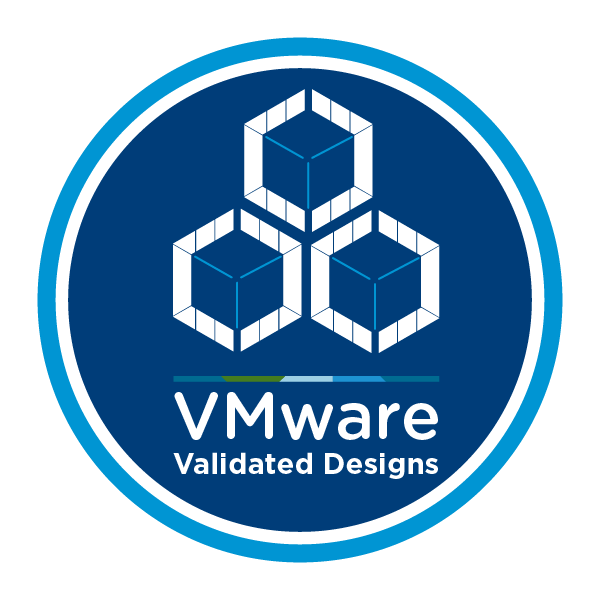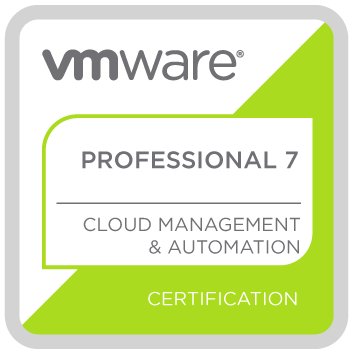Vmware
 Written by Simon Eady
on 3/11/2022
Written by Simon Eady
on 3/11/2022
Recently I had the good fortune to be invited to attend a VMware Multi-Cloud course at VMware UK HQ in Staines.
Multi-Cloud Builder
The course took place over 4 days and was very well structured.
Initialy, we were given the VMware vision on Multi-Cloud and then we were straight into the “good stuff” hands-on-labs. This would be a consistent and well executed theme for the 4 days.
VMware now have an impressive global cloud presence utilising their partnerships with major hyperscalers such as AWS, Azure Google Cloud, Oracle Cloud, and several others. You can see from the list below VMware are serious about this Multi-Cloud journey.
 Written by Simon Eady
on 19/9/2022
Written by Simon Eady
on 19/9/2022
VMWorld, sorry VMware Explore has been and gone and seemed to go very smoothly, there were several announcements but the big one for me was Aria.
VMware Aria (formerly vRealize Cloud Management)
Cloud management that unifies applications, infrastructure, and services across private, hybrid, and public clouds in a single platform with a common data model.
With the VMware Aria launch, we are unifying VMware Cloud Management in four key respects:
 Written by Sam McGeown
on 13/12/2021
Written by Sam McGeown
on 13/12/2021
In my previous post I walked through configuring kubernetes ingress with automatically generated SSL certificates and DNS registration using Tanzu Kubernetes Grid’s Packages. Another of the packaged applications available is Fluent-bit, which enables log forwarding from your Kubernetes cluster and workloads to a range of supported logging endpoints.
There are a couple of tweaks required in order to forward logs to vRealize Automation Log Insight Cloud. We need to use the HTTP output in the Fluent Bit configuration to forward the logs as a JSON payload to the Log Insight API. We also need to append an authentication header with an API key, and configure some tags so that the Tanzu Kubnernetes Grid Content Pack will pick up the logs.
 Written by Sam McGeown
on 9/12/2021
Written by Sam McGeown
on 9/12/2021
So, you’ve set up your shiny new Workload Management on vSphere, created a Namespace and deployed a cluster…now what?! When you deploy a workload cluster from Workload Management on vSphere 7, it comes with basic functionality, but in order to start running workloads you will inevitably need to install additional tools. That’s where Tanzu’s Packages come into play.
Tanzu’s User Managed Packages are based on a project called
 Written by Simon Eady
on 6/11/2021
Written by Simon Eady
on 6/11/2021
If you have spent any time designing IT soutions with VMware products you will very likely have come into contact with VMware Validated Designs (VVD)
VMware Validated Design is a family of solutions for data center designs that span compute, storage, networking, and management, serving as a blueprint for your Software-Defined Data Center (SDDC) implementation. The documentation of VMware Validated Design consists of succeeding deliverables for all stages of the SDDC life cycle.
 Written by Sam McGeown
on 7/10/2020
Written by Sam McGeown
on 7/10/2020
As more services go live on my Kubernetes clusters and more people start relying on them, I get nervous. For the most part, I try and keep my applications and configurations stateless - relying on ConfigMaps for example to store application configuration. This means with a handful of YAML files in my Git repository I can restore everything to working order. Sometimes though, there’s no choice but to use a PersistentVolume to provide some data persistance where you can’t capture it in a config file. This is where a backup of the cluster - and specifically the PersistentVolume is really important.
 Written by Sam McGeown
on 16/9/2020
Written by Sam McGeown
on 16/9/2020Where can you find me at VMworld 2020
VMworld 2020 is fast approaching (Sept 29th-October 1st), and in case you hadn’t heard, it online and free! If you struggle getting funding for tickets and flights normally, this could be a golden opportunity to get involved!
 Written by Sam McGeown
on 11/4/2019
Written by Sam McGeown
on 11/4/2019
When I started my blog back in May 2007 (12 years ago!) I was running Wordpress, then switched to DotNetNuke, then BlogEngine, then finally back to Wordpress - which I’ve used since 2010. Today I’ve cut over to a new architecture based on Hugo and hosted on AWS using a combination of Route53, Cloudfront and S3.
Why the change? If it ain’t broke…
You may well ask why I’ve made the move, or you may not…I’m going to tell you anyway…
 Written by Simon Eady
on 26/1/2019
Written by Simon Eady
on 26/1/2019
It has been a while since I have had time to write a blog post, the last quarter of last year was pretty crazy from a work point of view.
Regardless, it is now a New Year and my tech focus is turning very much on CMP related things particularly vRealize Automation. (I am also very much looking forward to learning more about VMware’s CaS which I saw demo’d at the UK VMUG late last year by
 Written by Sam McGeown
on 20/6/2018
Written by Sam McGeown
on 20/6/2018
A couple of days ago I saw a tweet from
Staying up until 3am to get the brisket on, so what do I do? Work on tuning up https://t.co/YDiFkGIKLY with some better @VMwareClarity styling! Check out the differences below! Subtle changes but I think it's a lot better. Thoughts? pic.twitter.com/6sYnuBahwI
— Cody De Arkland (@Codydearkland) June 17, 2018
Cody has gone down the route of using Hugo and AWS, which I respect, but just seems like too much work for me at the moment! I am familiar with WordPress, and Simon is barely computer literate at the best of times, so I can’t ask him to start writing in markdown. But I did want some of this Clarity goodness - so I set about learning how to create a WordPress theme, and how to integrate Clarity with this.

